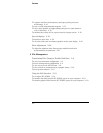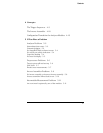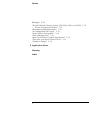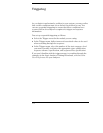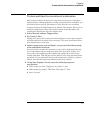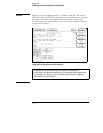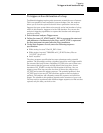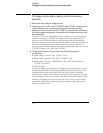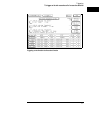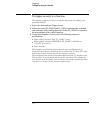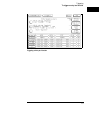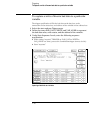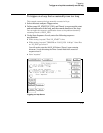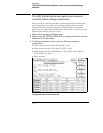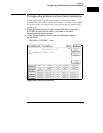
To trigger on the nth recursive call of a recursive
function
1 Select the state analyzer Trigger menu.
2 Define the terms CALL_ADD, F_START, and F_END to represent the
called address of the recursive function, and the start and end
addresses of the function. Define F_EXIT to represent the address of
the first program statement executed after the original recursive call
has terminated.
Typically, CALL_ADD is the address of the code that sets up the activation
record on the stack, F_START is the address of the first statement in the
function, and F_END is the address of the last instruction of the function,
which does not necessarily correspond to the address of the last statement. If
the start of the function and the address called by recursive calls are the
same, or you are not interested in the function initialization code, you can use
F_START for both CALL_ADD and F_START.
3
Under State Sequence Levels, enter the following sequence
specification:
•
While storing “no state” Find “F_END” 1 time
•
While storing “anystate” Then find “F_START” 1 time
•
While storing “anystate” TRIGGER on “CALL_ADD” 20 times Else on
“F_EXIT” go to level 1
•
Store “anystate”
As with the trigger specification for “To trigger on the nth iteration of a loop,”
this specification helps avoid potential problems on pipelined processors by
requiring that the processor already be in the first recursive call before
advancing the sequencer. Because it is already in the first recursive call, this
example triggers on the 21st recursive call, which is the 22nd entrance to the
function. Depending on the exact code used for the calls, you may need to
experiment with different trigger sequences to find one that captures only
the data you wish to view.
Triggering
To trigger on the nth recursive call of a recursive function
1–6



